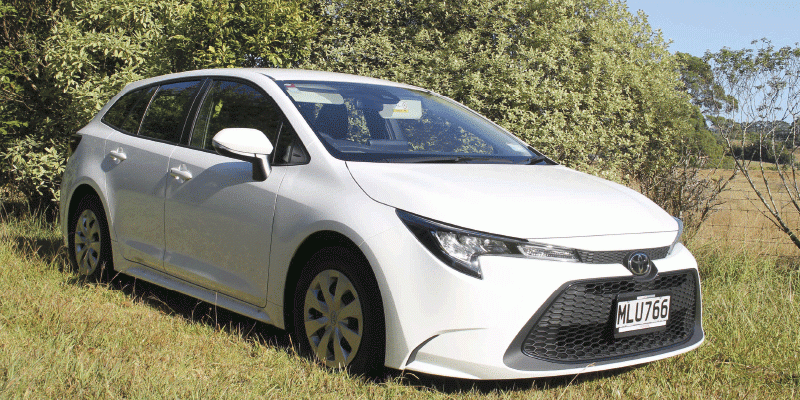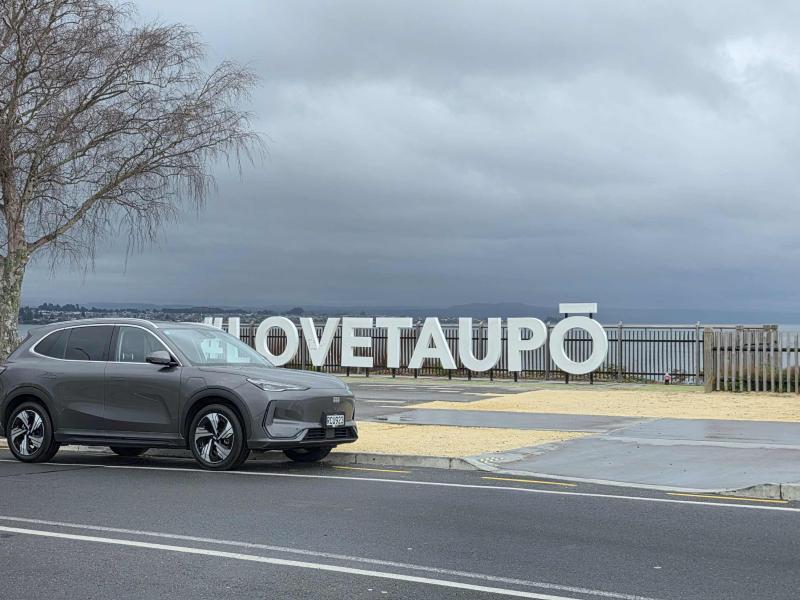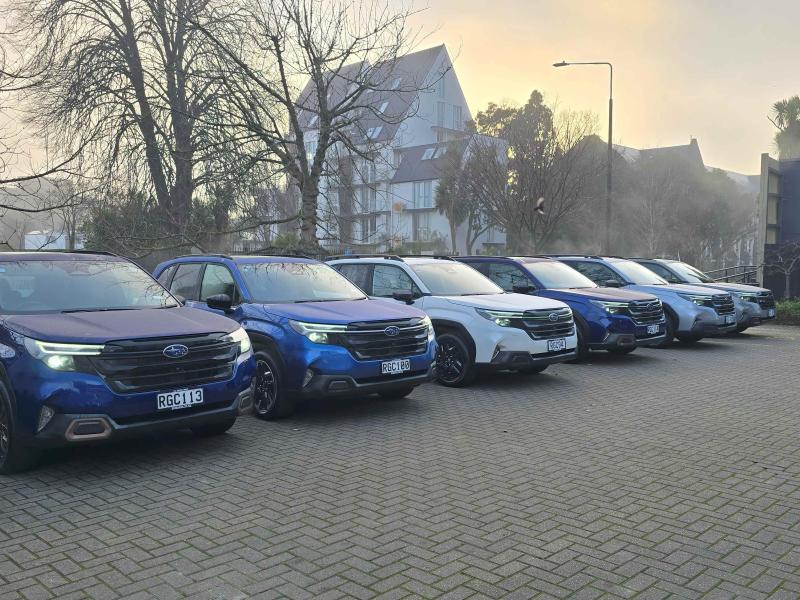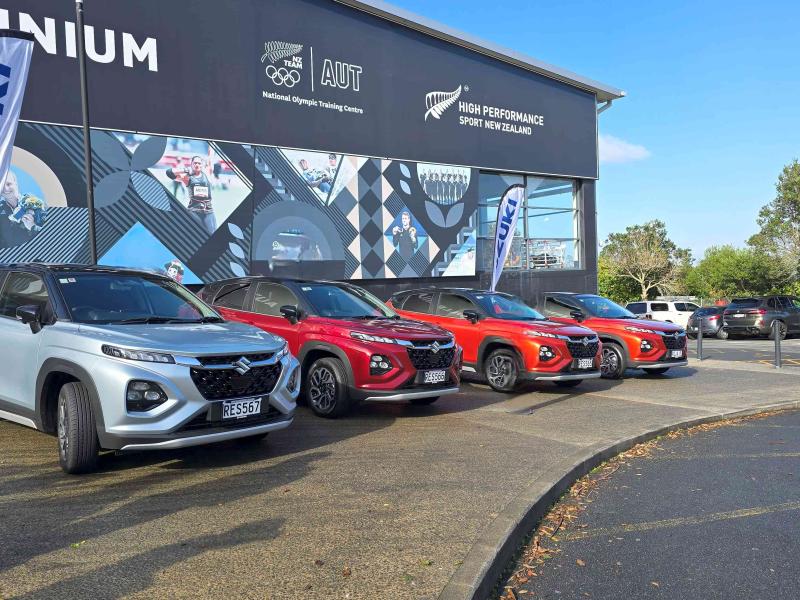The Toyota Corolla hatchback, wagon and sedan are here right now, but still to join the family is something we wondered if
we would ever see – a Corolla SUV.
The rumour is the Corolla Cross or the Cross Corolla is on its way. There were some high-level discussions at Palmerston Toyota Town as to whether it should, but from what we know, the SUV chapter for the Corolla story is being written as we speak.
This will be the eighth SUV for Toyota and will be sit somewhere in between the CH-R and the Rav4. It looks more conventional then the radical CH-R and a shade smaller than the next segment up Rav.
In short, the Corolla Cross will be Toyota’s sensible contender for the fastest growing SUV segment in the market.
If it were any other brand, we might suggest the Corolla Cross is too little too late, but given that it carries the Corolla name, its success is all but assured.
In the meantime, the ‘’Corolla crew’’ is making its presence felt, with a car for pretty much everyone, and – for the most part – with hybrids and petrols available.
The one exception to that is the Corolla wagon, which was a little disappointing from NZ Company Vehicle’s standpoint.
Yes, we have a personal preference for the wagon and it’s a practical preference too, since the small and medium businesses of New Zealand grew up on the small wagon workhorse.
We believe the way forward is going to see an interest in these vehicles continue to grow – not just because they are practical, not just because they are an integral part of our automotive history – mostly because they are so damn nice to drive.
The wagon typically gives a superior ride because of its integral weight balance and low centre of gravity. Add a little bit of weight and the ride usually gets better to a point.
The wagons of today also look good and yes, that’s a subjective consideration, but no less valid for all that.
At one point, utility vehicles were merely practical, now they are stylish. The same is even more true of the modern station wagon, which can after all, benefit so easily from the styling cues of either/both the hatchback and the sedan.
So, when we heard Toyota was reprising the station wagon with a European influence as opposed to the Japanese specced model which honestly, failed to deliver on its promise, there was considerable interest in what would arrive.
What came in was a much-improved vehicle.
The Euro styling of the wagon provides a longer and sleeker silhouette which contributes to the fuel efficiency while also providing an intelligent internal layout and 800-litre (seats down) cargo carrying capacity.
Meantime and upfront, the once ‘gaspy’ 1.5-litre petrol engine has been replaced and upgraded to a much more relaxed 1.8-litre petrol engine and puts the power and torque outputs at 104kW at peak 6100rpm and 171Nm at 3900rpm – the highest in the 2020 Corolla range.
The Corolla wagon has a real-world fuel economy figure of 6.1 litres per 100km, which is a Japanese real-world figure, and very conservative.
We saw some high 4’s but mostly mid 5 litres per 100km, which is pretty good, given the hybrids are turning 3.5 litres per 100km for the sedan and 4.2 for the hatchback.
At the same time, the wagon has a conventional CVT which at one time, hunted up and down trying to deliver the required gear for the engine speed, but which is now a lot more settled.
This is not the tricked up electronically controlled CVT of the hybrids, but a more conventional CVT which is what you might expect given the wagon’s GX specification level.
In saying that, ‘GX’ may be the entry level spec, but it’s not a lacking one. The GX wagon for instance, was the first new generation Corollas to be Android Auto and Apple CarPlay compatible.
Elements of the Toyota Safety Sense are present in all the 2020 Corolla range, though GX spec is understandably lower on the food chain.
Dynamic cruise control, lane departure warning, pre collision autonomous emergency braking, road sign assist, automatic high beam, active cornering assist, ABS brakes, electronic brakeforce distribution, brake assist, hill starts assist, traction control, electronic stability control and a reversing camera are all part of the common-to-all Corollas safety package.
It may sound as though we are focused on the wagon, so let’s take a look at the others in the triangle: the last to arrive hybrid and regular sedans.
The sedan and hatch have much more extensive specification offerings, with the hatchback – the first of the generation 12 Corollas to arrive here – having the Lion’s share of the variety, with GX,SX and ZR grades and the option of hybrid or petrol engines as well; hybrids taking 1.8-litre engines, petrols taking the two-litre versions.
Sedans come in SX grade only, with the option of a petrol or hybrid engine. As with the hatchbacks, the petrol only sedan has the two-litre engine, while the hybrid versions run a 1.8.
The hybrid versions of both cars are subtly different, with the sedan hybrid returning a combined city/urban figure of 3.5 litres per 100 while the hatch comes in at 4.2 litres per 100km.
Both the sedan and the hatchback carry all the fruity bits of the Toyota Safety Sense suite, and this includes blind spot monitoring, rear cross traffic alert and lane tracing, allowing them to announce themselves as five-star ANCAP safety rated vehicles.
Having the same engine package mean both put out 72kW or 90kW total system output and both generate 142Nm of torque though CO2 outputs vary: 81gm/km in the sedan and 97gm/km for the hatchback.
The lack of 30Nm or so between the hatch/sedan and the wagon is noticeable with the sedan and the hatch feeling significantly less strong in the engine than the wagon.
Of the sedan and the hatch, the hatch is the preference for driving around town. Its sharp and positive turning makes it the ideal inner city suburban runabout and to a degree conceal its greatest flaw – lack of legroom and boot-space, this last being camouflaged on the outside with what is best described as a ‘bustle’ at the rear.
The sedan on the other hand, has a fantastic amount of boot-space and legroom for all passengers. It is a bigger package and has the corporate feel allowing it to serve as something of a bridge between the Corolla and Camry families.
Still unmistakeably a Corolla, we’d pick the sedan if travelling long distance. Its roomier for one thing, and we suspect the hybrid mode would be a little more relaxed and not so jumpy when it comes to intervention, which should make reaching that 3.5-litre claimed fuel figure a little easier.






